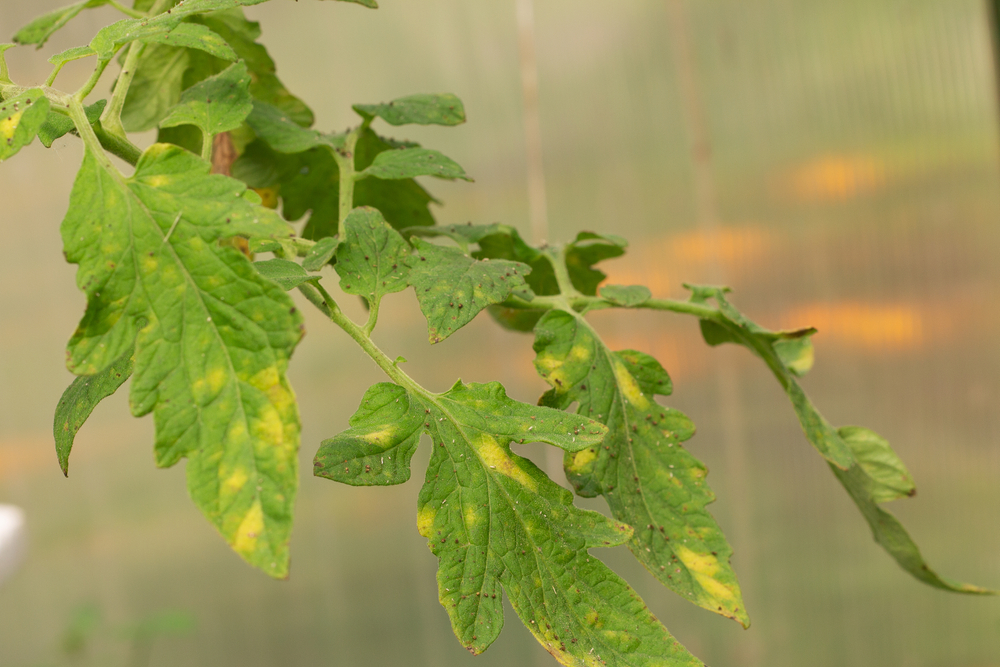Aluminum is one of the most abundant elements on the planet, making up roughly 7% of the Earth’s mass. Aluminum toxicity in our soils is a real problem. Large amounts of nitrogen fertilizers have been applied to our fields, leading to increased soil acidification and potential Al toxicity. Aluminum toxicity occurs in strongly acid soils, plants may also exhibit deficiency symptoms of calcium (Ca), magnesium (Mg), or other nutrients. They might also show symptoms of manganese (Mn) toxicity, which is common when the soil pH is too low. When we experience these soil nutrient imbalances, soil acidification exacerbates the accumulations of toxic aluminum ions.
The symptoms of aluminum toxicity are:
- Compromised roots. Plants growing in soil with toxic levels of aluminum have roots that are as little as half the length of roots in non-toxic soil. Shorter roots mean reduced ability to withstand drought, as well as reduced nutrient uptake.
- Low pH. When the soil pH is between 5.0 and 5.5, the soil may be slightly toxic. Below 5.0, there is a particularly good chance that the soil contains toxic levels of aluminum. Soil with a pH above 6.0 does not contain toxic levels of aluminum.
- Nutrient deficiencies. Plants growing in soil with toxic levels of aluminum show symptoms of nutrient deficiencies such as stunted growth, pale color, and general failure to thrive. These symptoms are due in part to the reduced root mass. Nutrient deficiency is also caused by the tendency of essential nutrients, like phosphorus and sulfur, to combine with aluminum in the soil making them unavailable for plant uptake.
The primary damage caused by excess Al, as we have noted, is to the plant roots. Diagnosing this type of damage requires that growers inspect the root systems of their crops or other plants. It’s true that when plants have damaged root systems, many other above-ground symptoms are likely, but they can be misconstrued as having other causes.
Andaman Ag has found that ongoing applications of phosphorus and calcium can be very beneficial in mitigating aluminum toxicity. In addition, organic acids, polyamines, biochar, biofertilizers, soil inoculants and compost teas have promising potential for mitigating Al toxicity in plants, helping to improve root respiration, plant growth and chlorophyll content and correcting soil acidity.
The bottom line is when there is AI toxicity, your soils are compromised to a high degree as they’re less biologically active and less able to help crops gain access to nutrients and water. Getting excess AI out of your soils requires the application of products that will contribute to accelerating the biological activity in your soils. Andaman Ag is a biological products company with the solutions to get growers back on track by reducing elevated AI levels in your soils.





